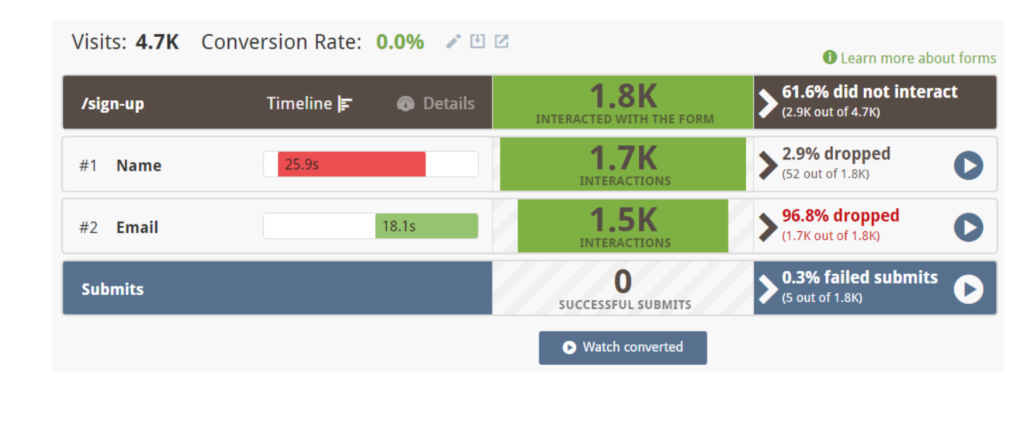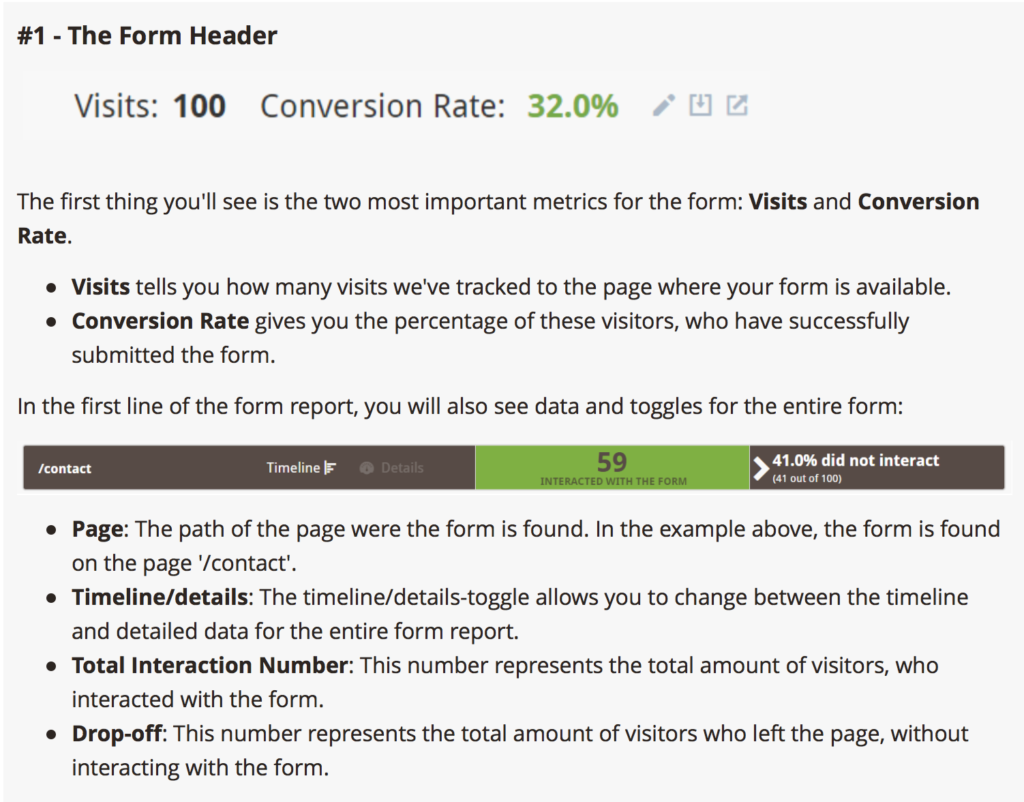As a full-time marketer managing campaigns for clients and for our own business, I depend on numbers, statistics, analytics, and data to make decisions.
Marketing data comes in from various sources. You’d use Google Analytics almost by default but you’d also bring in other tools like GoSquared, Snitcher, and Mouseflow.
You’d want to keep all this data you need in one place using tools like Cyfe.
In any case, all that data you’d accumulate is one thing. Watching what your visitors do on your website is something else altogether.
That’s what mouseflow is really good at. Mouseflow helps you go behind the scenes and see exactly what your users see.
We don’t realise this, but there are a lot of applications with a tool like Mouseflow for digital marketing.
At the outset,
- You know who visits your website and what they do while they are on the website.
- You’ll be able to see what they click on, how far they scroll, how engaged they are with your content, and more.
- If you setup funnels (even if it’s something simple like converting on your contact form), you’d like to how your funnels convert.
Hungry for more? Here’s how you can use Mouseflow to make better marketing decisions:
Redesign Your Website With Authority
When you use Mouseflow and actually go through your Mouseflow Recordings, you’ll notice links that don’t work and ads or pop-ups seem to obstruct user experience.
Pages don’t load, forms that don’t work and content seems to be misplaced.
You aren’t looking at your website the way your visitors do. You’ll meet other design flaws that you’d never know existed.
Next time you ask a vendor or a developer to help develop a website for you (which we also can help with, sorry about the shameless plug), you’d know exactly what needs to be taken care of when you expect a website redesign.
Instead of anything vague like “I need a new website design” or ” I want a more professional looking website”, you say:
“Please see the instructions for the new design. Pay special attention to my forms are convert only at 12%. Specific pages need specific design changes as noted in the document “
The Mouseflow Treatment: Optimize Your Website
Designing your website is not the end of the story; it’s only the beginning.
Apart from all the marketing itself, measure online user sentiment.
Further, frustrated users can bleed off opportunities and you don’t want that, especially with 97% of visitors already leaving your website on their first visit.
Add Optimizely to the mix, along with Mouseflow, and you have insights — everyday, throughout the year, forever — to help you make changes to your website to help your website work like a sales machine.
Funnel analytics, website recordings, form analytics, geo heat maps, scroll analysis, and with the data from Optimizely experiments gives you real focus points to work on conversion optimisation.
Testing Your Landing Pages With Authority
Most marketers don’t even use landing pages. Those who do work with half the data needed to make effective data-driven decisions to improve the effectiveness of landing pages (and hence marketing campaigns).
Knowing how many people visited the landing page versus how many people converted on an offer isn’t the complete story.
Assume that a landing page converts at 30%. What happened to the other 70%? Why did those visitors leave? What did they do while they were on the page?
Setup separate funnel analytics for each of your landing pages. If you are a business, you know exactly what’s happening to every visitor you spent money to receive on your pages. As an agency, you provide value to each marketing dollar used up as the client’s budget. As a marketer, you have strong reasons for everything you ever do.
Test your ad campaigns
The folks at Mouseflow wrote a blog post on how you can use Mouseflow to test your ad campaigns, so I won’t repeat that.
You sit there staring at stats like bounce rate, time on page, and even heat maps, wondering what could possibly be driving away all these hard bought clicks. The problem is these stats lack context and order and are blurred averages leading to blurred insights.
Sure you could A/B test landing pages based on your blurred view, or you could use Mouseflow to see exactly what it’s like to be a visitor.
With Mouseflow, you will be able to sit next to your visitors as they enter your site, engage with your landing page, and take the journey to being a paying customer.
Along the way they’ll stumble, not find what they need, look fruitlessly for help, click on things that don’t work, and quickly blow past reams of content you thought were super important. You’ll experience this with the visitor and be able to use these insights to improve what you do to turn more paid clicks into paying customers.
With every campaign you launch, you’d need all the help you can get to maximize your ad campaign spend, and this is exactly how you do it.
Facilitate Form Conversions With Mouseflow
For most websites, contact forms are a great conversion point. They can start a casual conversation, allow potential customers to know more about your services, or make direct requests for proposals through contact forms.
Websites that have contact pages (and contact forms) ought to know what’s happening with their contact forms.
You might think: I have a form, and I get the messages often. I am good.
No, you aren’t. Just like we measure conversion rates of an ad or a landing page, we want to know how well your forms convert too.
Using Mouseflow, you can easily setup form analytics and measure your performance over time, as shown below.
You can also use this as a base for better-performing contact forms through regular A/B testing.
Where are the funnels hiding?
If there’s a page on your website, you have the mouth of a sales funnel.
Funnels begin with a well-written about page with a button below the copy that says, “Hire Me”.
Or maybe you have dedicated pages for your products or services and each of those pages are potential starting points for your funnels.
You already know that a few pages on your website are potential candidates for good starting points as the mouths of your sales funnels.
But you don’t know everything. You might realize, from your analytics data, that a few pages or blog posts have been extremely popular. It’s just that you didn’t know.
With mouseflow, identify potential areas on your website and/or blog and you’d know if you are missing out on any action.
Do you use Mouseflow for your business? Tell us more about it.


